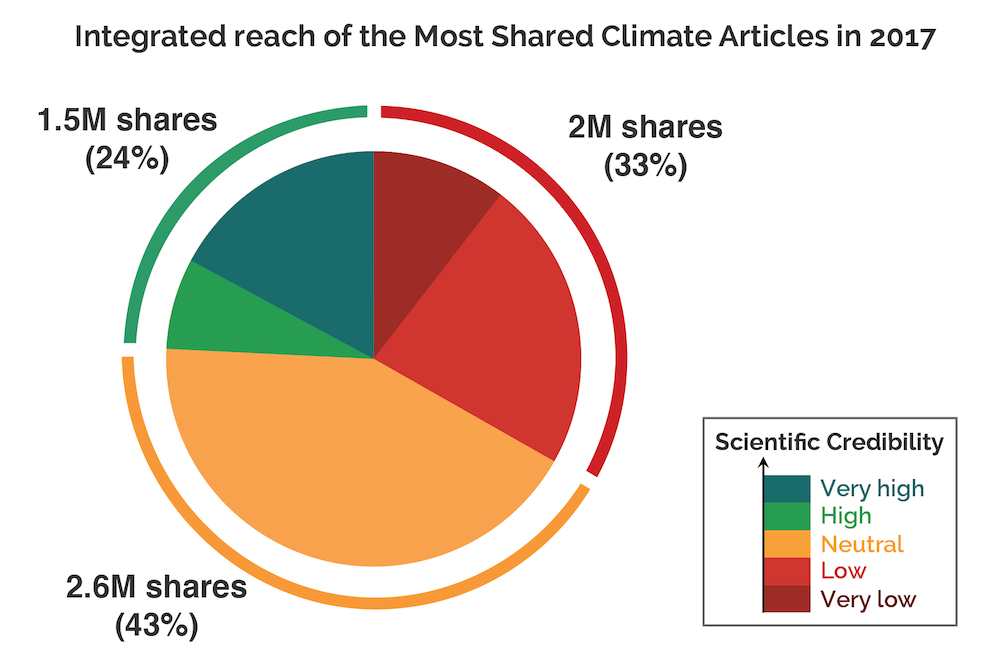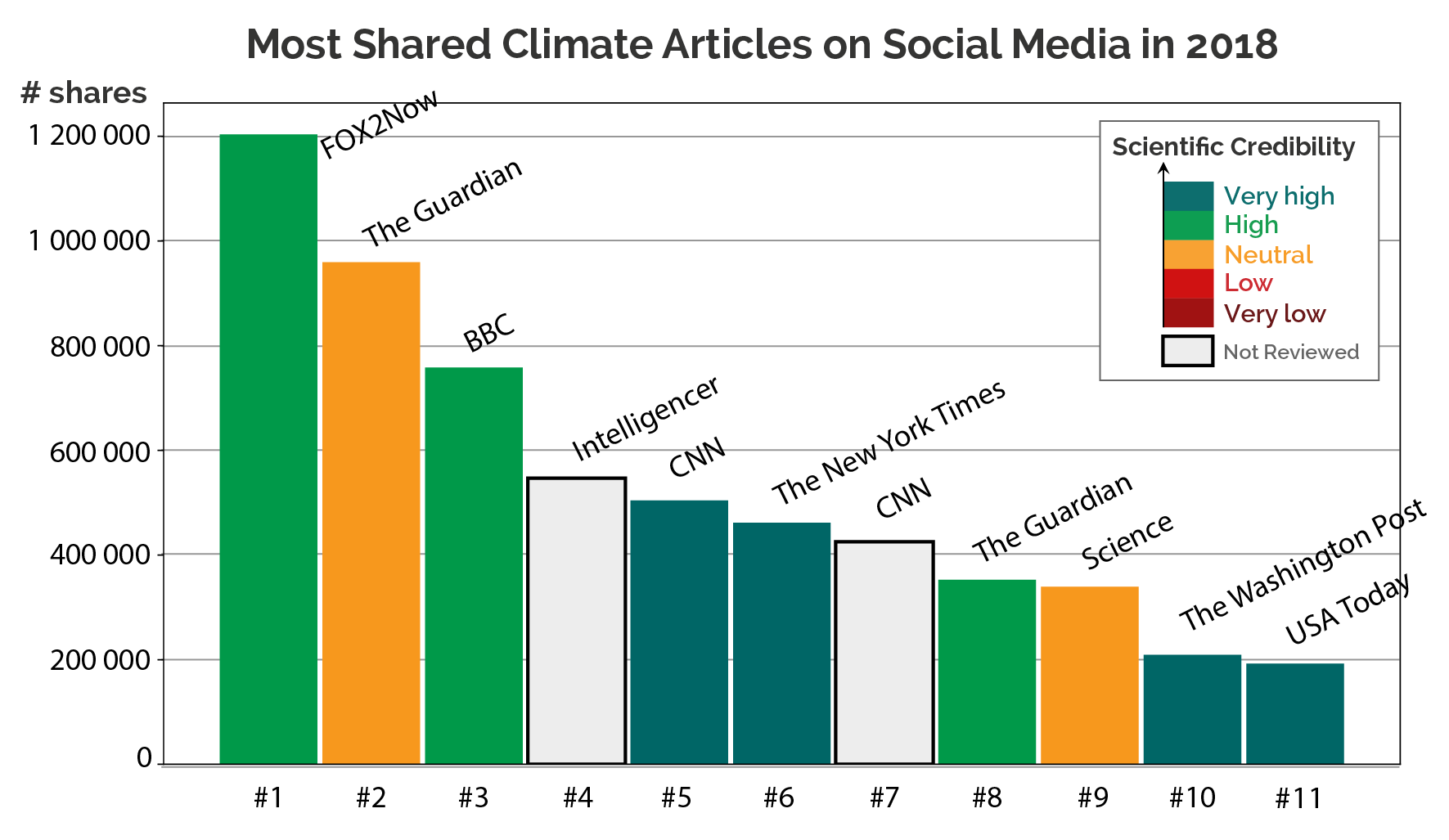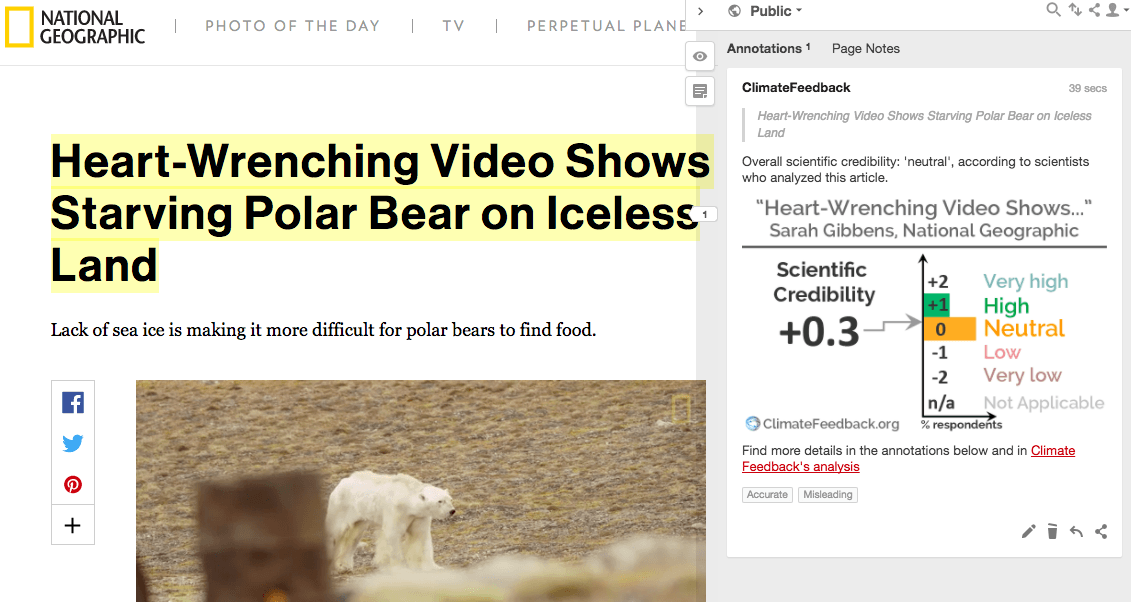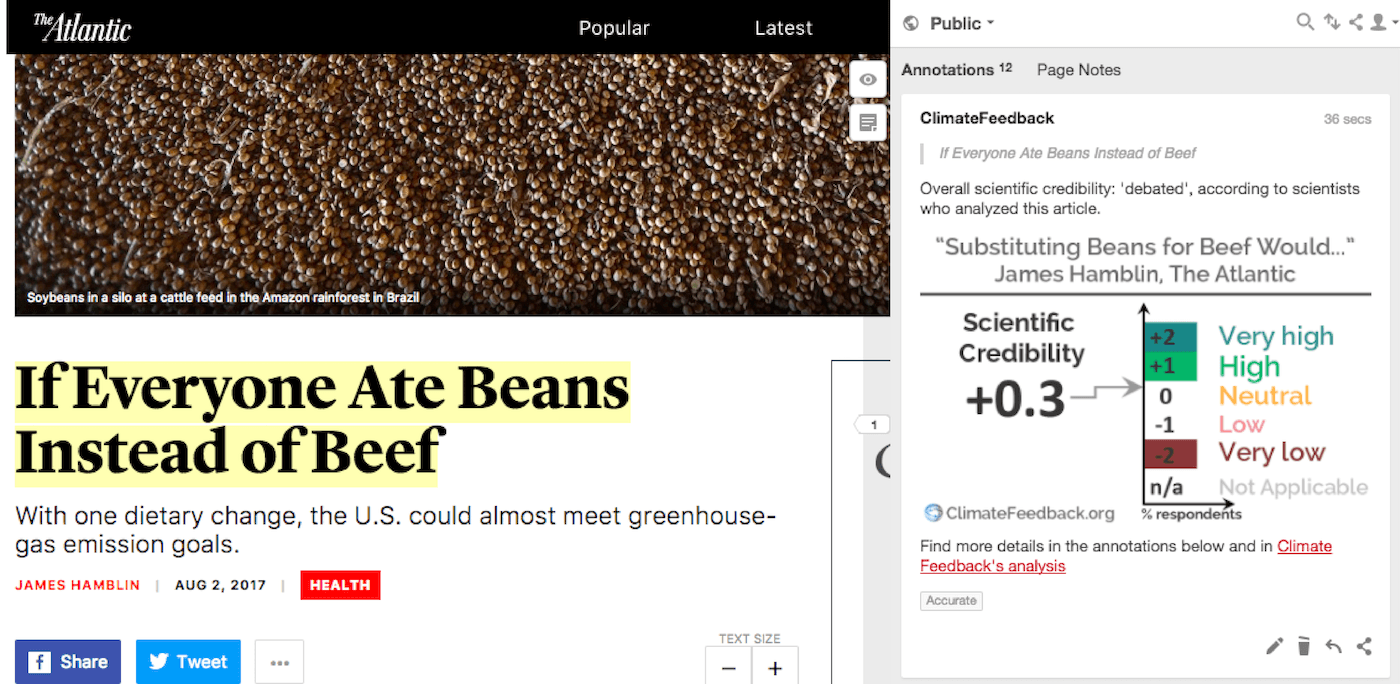- Climate
Most popular climate change stories of 2017 reviewed by scientists
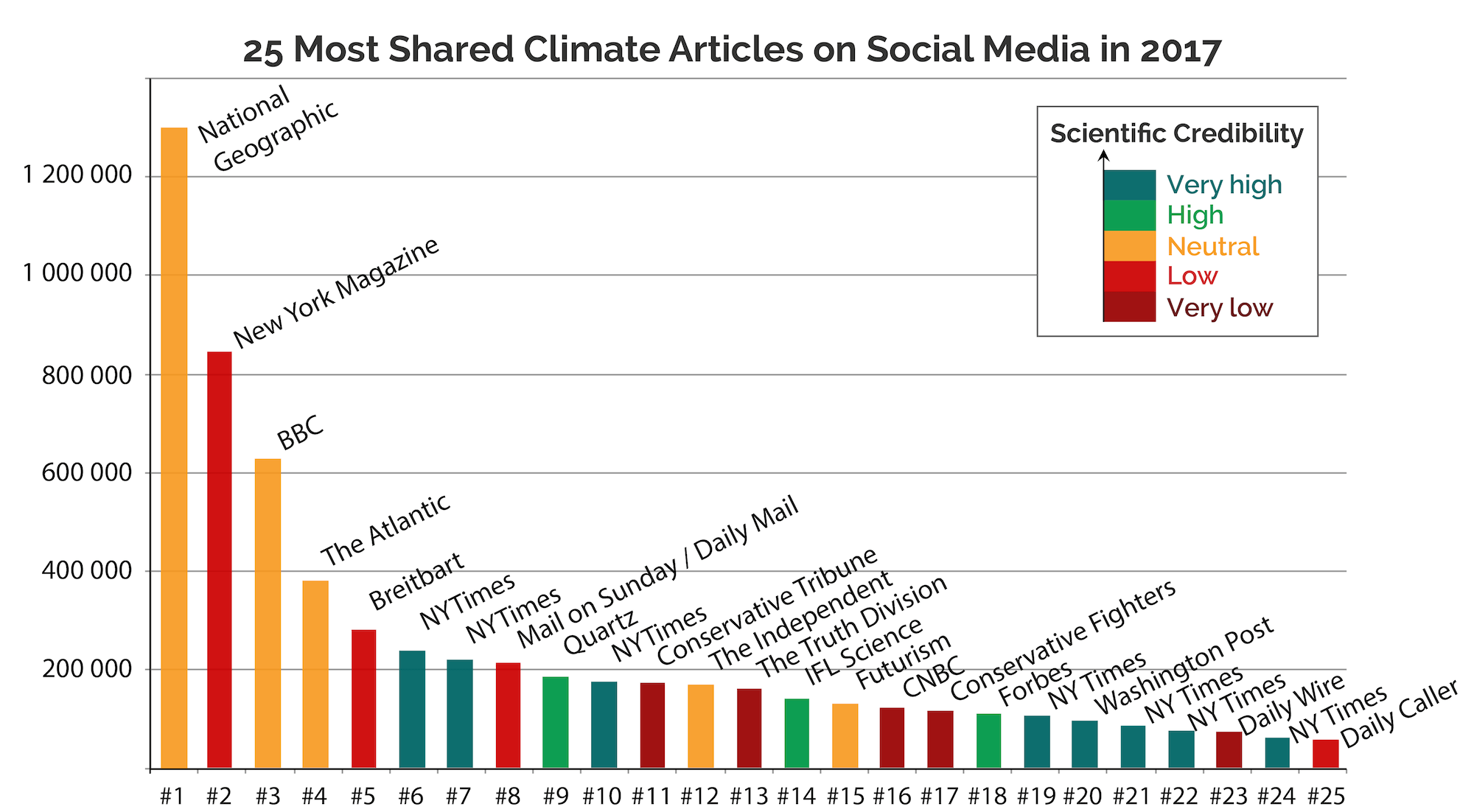
Summary
Many stories were written about climate science in 2017, but were the ones that “went viral” scientifically accurate? To find out, we compiled a list of articles with the most comments, shares, and likes on social networks using data from Buzzsumo*. From that list, we selected the articles containing verifiable assertions on the topic of climate science (we searched for articles containing “climate change” or “global warming”, leaving aside stories about politics, or stories about natural disasters with no substantial discussion of climate change).
We then asked scientists with relevant expertise to provide a brief assessment of their scientific credibility.
Here are the articles ranked by popularity (Click for details on the evaluations for each article):
- #1: Heart-Wrenching Video Shows Starving Polar Bear on Iceless Land
- #2: When Will Climate Change Make the Earth Too Hot For Humans?
- #3: There are diseases hidden in ice, and they are waking up
- #4: Substituting Beans for Beef Would Help the U.S. Meet Climate Goals
- #5: DELINGPOLE: Global Warming Study Cancelled Because of ‘Unprecedented’ Ice
- #6: An Iceberg the Size of Delaware Just Broke Away From Antarctica
- #7: Arctic’s Winter Sea Ice Drops to Its Lowest Recorded Level
- #8: World leaders duped by manipulated global warming data
- #9: The 3% of scientific papers that deny climate change are all flawed
- #10: Large Sections of Australia’s Great Reef Are Now Dead, Scientists Find
- #11: Global Warming Study Canceled After Humiliating Discovery
- #12: Climate change may be escalating so fast it could be ‘game over’, scientists warn
- #13: JUST IN: Weather Channel Founder Backs Trump, Tells The TRUTH About Global Warming…
- #14: The Sea Level Around Florida Is Rising Six Times Faster Than Average
- #15: Scientists Announce That The Great Barrier Reef is Officially “Terminal”
- #16: EPA chief Scott Pruitt says CO2 not a primary contributor to warming
- #17: WATCH: Weather Channel Founder John Coleman Reveals The TRUTH About Global Warming
- #18: Global Ocean Circulation Appears To Be Collapsing Due To A Warming Planet
- #19: U.S. Report Says Humans Cause Climate Change, Contradicting Top Trump Officials
- #20: Scientists have just detected a major change to the Earth’s oceans linked to a warming climate
- #21: Alaska’s Permafrost Is Thawing
- #22: Earth Sets a Temperature Record for the Third Straight Year
- #23: REPORT: Earth Has Not Warmed For Past 19 Years
- #24: Climate Change Is Complex. We’ve Got Answers to Your Questions
- #25: STUDY: Global Warming Not Getting Worse
Only about half of the stories are completely accurate
As shown on the figure above, about half of these articles were rated highly credible—meaning these are informative articles on the topic that do not contain major inaccuracies, nor do they mislead the reader. Seven of these articles in the top 25 are from the New York Times, and all were found to be of the highest scientific accuracy. This, along with the dozen other Climate Feedback reviews of articles published by the Times, give a strong indication that it is an influential and trustworthy source of information on the topic of climate change. One article is from the Washington Post, which usually publishes insightful articles on the topic (as illustrated by previous reviews), and one is from Forbes, which has published a mix of credible and non-credible stories. Summing the number of shares across accurate articles only yields about 25% of the total (see figure below), meaning that overall readers were much more likely to have interacted with a misleading article in their social media feed.
The top 5 articles are at least somewhat misleading
The other half of the list is comprised of articles with intermediate or contested credibility (yellow on the figure) or low credibility (shades of red on the figure).
The contested/intermediate credibility articles include some that build on accurate information but are still misleading to readers. For instance, the National Geographic article included correct explanations of the impact climate change is having and will have on polar bears, but it mislead readers by suggesting a particular starving polar bear was a victim of low sea ice extent, while we do not know what led to this bear’s demise. These “intermediate credibility” stories are often found to suffer from sensationalism: presenting low-probability scenarios as likely, playing on emotions like fear, or over-simplifying reality with “clickbait” headlines.
Misinformation makes it to the top
Finally, the low-credibility articles managed to garner high levels of engagement with simple falsehoods like “the Earth has not warmed” (Daily Wire) or more elaborate misinformation like the claim that scientists conspired to manipulate data and dupe world leaders (Mail on Sunday, republished online by the Daily Mail)—a story that was later corrected by the Mail on Sunday following a decision by the Independent Press Standards Organization.
One limitation of this list is that we only looked at individual articles, but stories like the Mail on Sunday’s “manipulated data” allegation were reprinted by a number of other outlets, misinforming millions more readers. It would thus be useful to expand this project to see whether the full extent of misinformation as compared to accurate information is worse that what we observed here—that half of the most popular articles on climate are not reliably informing their readers.
List Of Article Reviews
#1
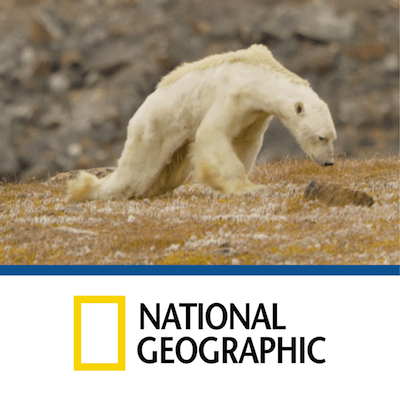
Published in National Geographic, by Sarah Gibbens on
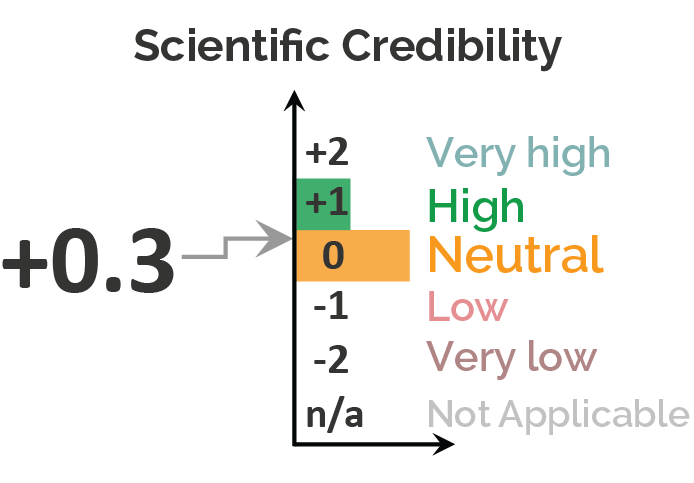
Article tagged as: Accurate, Misleading
Karen Lone, Research Scientist, Norwegian Polar Institute:
The article contains valid information on the devastating consequences of climate change on polar bears. The only problem as I see it is that the article presents (implicitly) that the polar bear in the video is dying as a consequence of climate change and from not finding enough food due to lack of sea ice. This issue that this bear might be dying from starvation naturally due to sickness or old age should be stated more clearly in the article (and this concern has been raised in the media, by experts, already). The only flawed reasoning is the strong IMPLICIT link between climate change and the death of this particular bear in the video. However, the wording used in the article, “this is what is starving polar bear looks like…” is true. While it could be presented better in this (central) aspect, the article’s content, overall, is credible.

Chief Scientist, Polar Bears International, and Adjunct Professor University of Wyoming in Laramie
This reveals what declining survival looks like for polar bears, a trend we will see increase as the world warms. But the article neglected to point out this bear’s problems may or may not have had much to do with declining sea ice in the Baffin area—an error of omission that can become a target of global warming deniers.
The important lesson from the observations shown is that ever-more polar bears will be suffering this kind of fate as we allow the world to continue to warm. Largely by omission, this article suggests we know what led to this bear’s demise, and we don’t. Starvation is the main cause of death among wild polar bears. After all, they have few natural predators. Starvation rates will increase (decreased survival rates) as sea ice continues to decline. But we must be careful in presenting an observation like this as the fingerprint of climate warming. Without proper context, observations and stories like this can distract from the critical message we need to get out.
#2
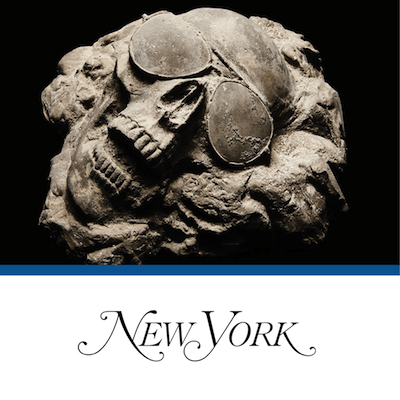
Published in New York Magazine, by David Wallace-Wells on
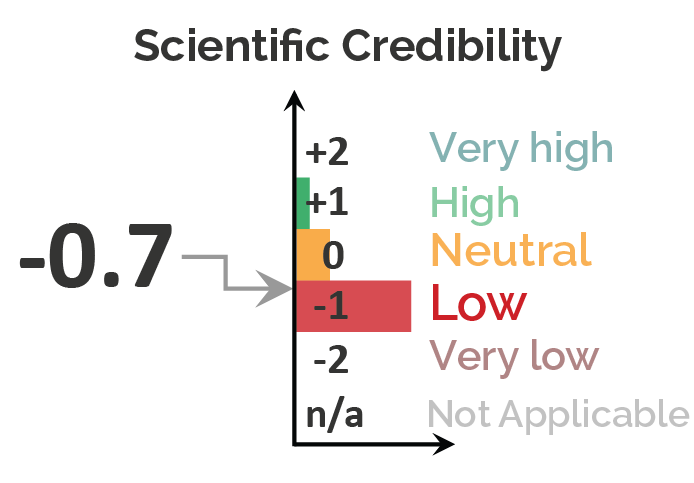
Article tagged as: Alarmist, Imprecise/Unclear, Misleading
Seventeen scientists analyzed the article and estimated its overall scientific credibility to be ‘low’.
REVIEWERS’ COMMENTS:

Professor, Met Office Hadley Centre & University of Exeter
While it is clear that ongoing warming of the global climate would eventually have very severe consequences, the concept of the Earth becoming uninhabitable within anywhere near the timescales suggested in the article is pure hyperbole. The author has clearly done very extensive research and addresses a number of climate threats that are indeed major issues, but generally the narrative ramps up the threat to go beyond the level that is supported by science.

Climate Scientist, University of California, Los Angeles
This is an unusual piece in that it accurately describes some of the most dire consequences of unabated global warming but focuses almost exclusively on worst case scenarios. In doing so, it provides a compelling narrative of what could happen in the future, but does not accurately characterize the likelihood of particular outcomes relative to what is justifiable based upon existing scientific evidence.

Professor, University of Chicago
I do not disagree with the tone of the article in the way that most folks here seem to, and I think it does a service to highlight recent results and ideas throughout the scientific community. However there are inaccurate statements, like about satellite warming since 1998, unsupported conclusions or implications (about past mass extinctions, air chemistry, maybe arctic methane). But I feel that the overall thrust of the article is not wrong, wildly misleading, or out of bounds of the discussion we should be having about climate change.
#3
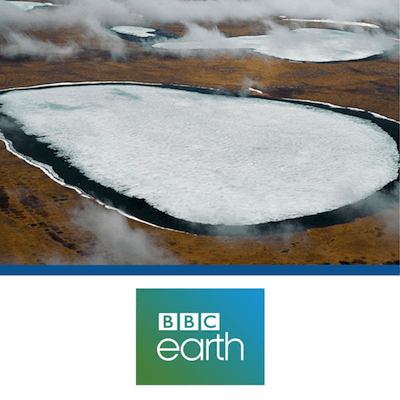
Published in BBC, by Jasmin Fox-Skelly on 4 May 2017
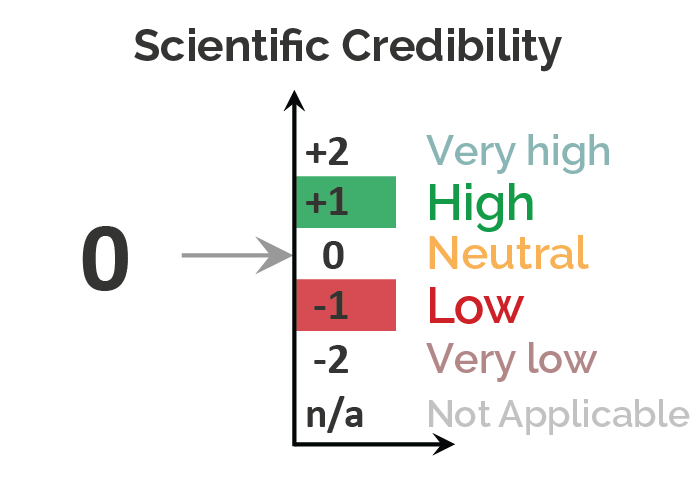
Greg Glass, Professor at the Emerging Pathogens Institute, University of Florida
This is one of those stories that lies at the really straight up cool, scary and true with maybe just a bit heavy emphasis on extremely unlikely things happening. After all, the airplane you get on could crash but that doesn’t seem to be the most likely event. I have worked with folks trying to recover bacterial agents from the environment at places where ‘events’ were known to have occurred in the past. Empirically, it is a great way to get outdoors in exotic places but is rarely successful.
Hazel Barton, Professor/Director of Integrated Bioscience Program, University of Akron
Most non-scientists won’t understand the subtleties of what’s being explained here. As a scientist I read this and think, ‘Huh, that reindeer thing is interesting’, but the idea that all these hitherto unknown killing organisms are lurking beneath the ice is a bit ridiculous.
#4
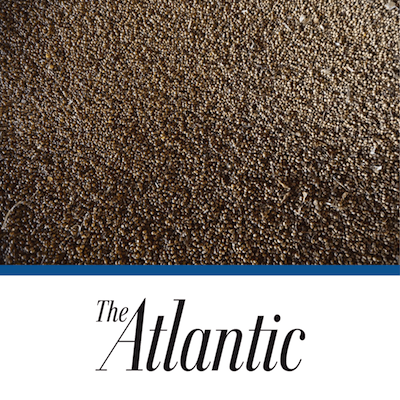
Published in The Atlantic, by James Hamblin on
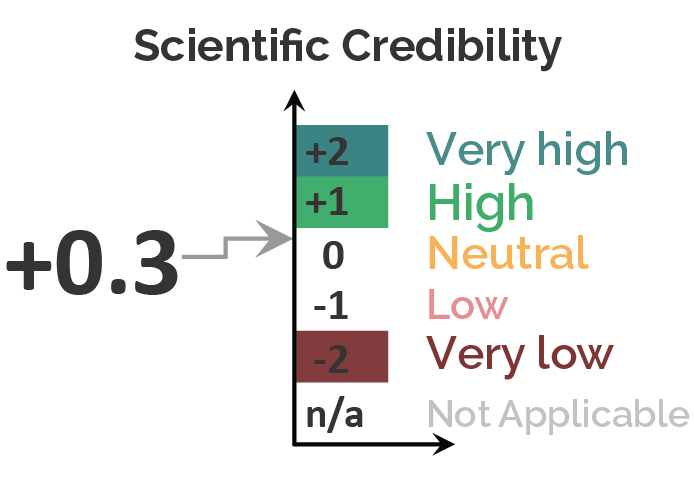
Article tagged as: Accurate

Research Associate, Harvard University
The article reports in a straightforward way on a scientific paper about the potential reductions in greenhouse gas emission in the US resulting from substituting beans for beef. The article explains the issue (meat production diverts crops from humans to cattle) on a simple level. More explanation and more context could have been provided, I think, regarding individual-level and sectoral sources of greenhouse emissions.
Research Scientist, National Research Council-Argentina (CONICET)
The article is strongly misleading the reader, who at first gets the impression that all beef eaten is from Brazil, which is totally false. Imports account for around 12% of beef consumed in the US, and Brazil contributes with only 5% of imports, while Australia, Canada, New Zealand and Mexico provide 86% of beef imported (see ERS-USDA webpage). Thus, lowering beef consumption in the US is far from affecting Brazilian forests.
On the other hand, it is not true that eliminating beef from diets will produce such reductions in GHG emissions. The author cites conclusions from a single work, but there are hundreds of works published on diet and mitigation of climate change. The consensus is that a well-planned diet change would lower greenhouse gas emissions, but none agree that banning a single product would bring any benefit. Not only beef but all animal products are much less efficient than plant-based ones, and meats other than beef also carry environmental burdens beyond greenhouse gases.
#5

Published in Breitbart, by James Delingpole on 13 June 2017
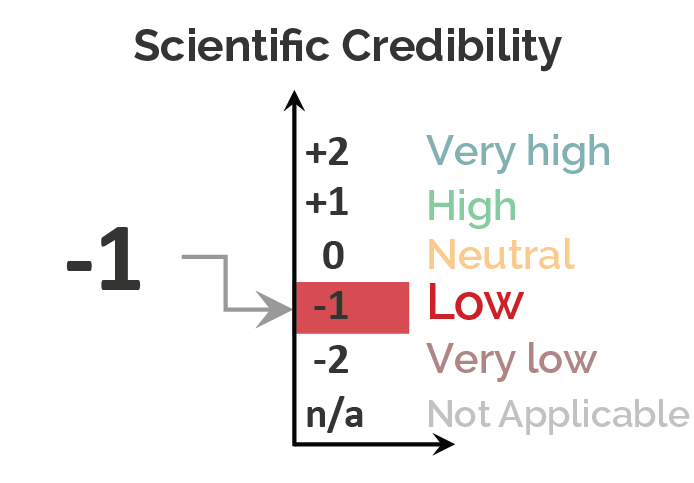

Postdoctoral associate, NASA Goddard Space Flight Center
It’s not completely obvious to me that this specific event was caused by, or indeed made more likely due to climate change, although it’s clearly not an indicator that the opposite is true, as the Breitbart article seems to be alluding to. I’m unsure if such a flow of thick ice into the area is indeed unprecedented (over some time period), but that seems plausible. The event described is a complex one, and is worthy of a more in-depth discussion than can be provided in these short media articles, in my view. The statement that Arctic sea ice is thinning and becoming more mobile is valid, however, and indeed represents a key indicator of the Arctic’s response to climate change.
#6

Just Broke Away From Antarctica
Published in The New York Times, by Jugal K. Patel, Justin Gillis on
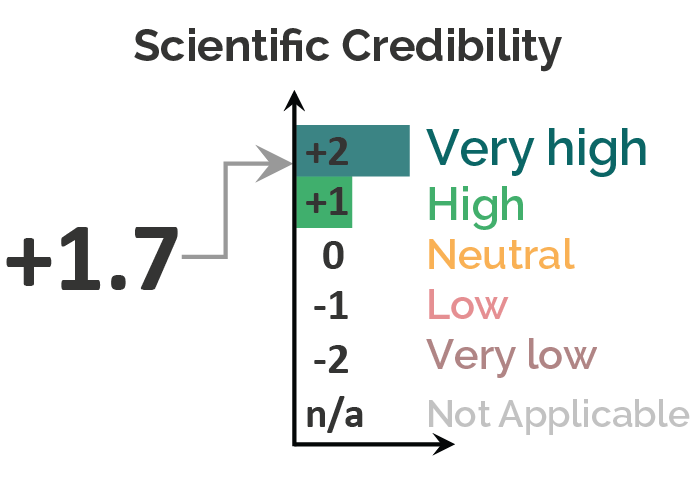
Article tagged as: Accurate, Insightful
Allen Pope, Research Associate, National Snow and Ice Data Center, University of Colorado Boulder:
The article handles a complex topic well. It would be easy to be alarmist with this subject matter, and while its lede edges that way, the main content of the article is very balanced. It also presents a lot of interesting information in a compelling manner.
Dan McGrath, Research Scientist, Colorado State University:
Well-written article with fabulous graphics for illustrating and explaining rift growth and the 2017 calving event on Larsen C. It correctly highlights future concerns about the potential loss of backstress from key ice rises on the ice shelf (Bawden and Gipps) and the idea that this is a “natural laboratory to study how breakups will occur at other ice shelves.” Further, the article does a nice job explaining how ice shelves provide backstress to upstream glaciers, and why their loss would spell increased ice discharge/sea level rise.
#7
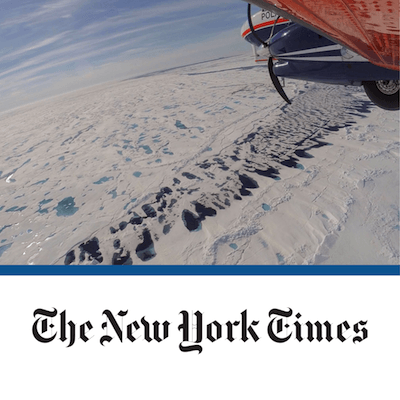
Published in The New York Times, by Henry Fountain on
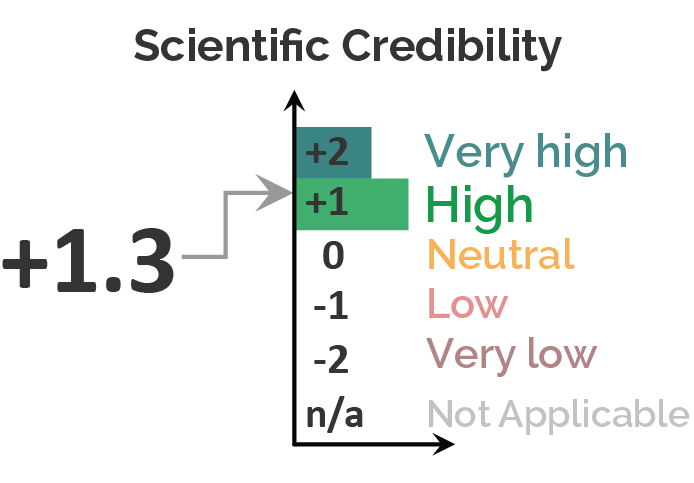
Article tagged as: Accurate, Insightful, Sound reasoning

Polar Climate Scientist, British Antarctic Survey
The article accurately reports on the state of Arctic sea ice at the annual maximum (in March) and its causes, and gives an insightful discussion as to the implications. There is one point which may be misleading: when scientists refer to the Arctic being “ice-free” in summer they specifically mean sea ice extent below a threshold of 1 million square kilometers (386 thousand square miles). This is not made clear in the article and is an important distinction.
#8

Published in The Mail on Sunday/Daily Mail, by David Rose on 4 Feb. 2017


Professor, University of East Anglia, and Director of Research, Climatic Research Unit
The headline’s claim that the Karl et al. paper “duped” world leaders into investing billions is utterly false. Leaving aside the question of whether the Karl et al. paper is invalid (it isn’t), the improvement to global temperature records reported by Karl et al. had only a small impact* on our estimate of global warming over the last century or more. It is this warming over the last 50 to 150 years that is most relevant for assessing the influence of greenhouse gases and particularly our emissions of CO2. These long-term warming trends (hardly affected by the Karl et al. paper) demonstrate the warming induced by CO2 and other greenhouse gases and provide (part of) the scientific basis for international climate agreements, like the one agreed by world leaders in Paris in 2015.

Director of Climate and Energy, The Breakthrough Institute
The “astonishing evidence” that David Rose purports to reveal in no way changes our understanding of modern warming or our best estimates of recent rates of warming. It does not in any way change the evidence that policymakers have at their disposal when deciding how to address the threats posed by climate change.
If anything, there is strong independent evidence that NOAA’s new record may be the most accurate one over the last two decades, at least for the two-thirds of the world covered in ocean.
Rose’s claim that NOAA’s results “can never be verified” is patently incorrect, as we just published a paper independently verifying the most important part of NOAA’s results.
#9
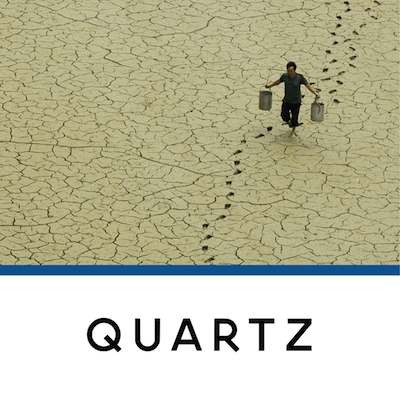
Published in Quartz, by Katherine Ellen Foley on 5 Sept. 2017
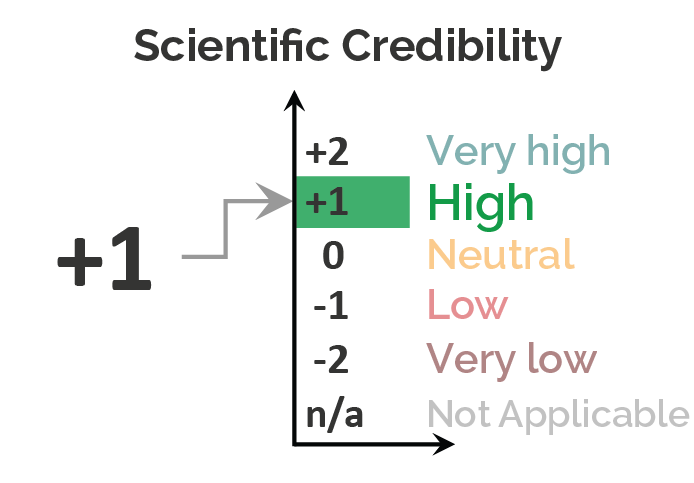
Article tagged as: Accurate, Insightful

Professor, Texas Tech University
The reason why I give this article a +1 and not a +2 is because the title of the article is incorrect. The 38 papers were not all of the 3% – they were a subset of them, selected based on their recency.
There was no problem with the content of the article itself. It correctly quoted the scientific study and the authors’ comments.

Senior scientist, The Norwegian Meteorological institute
This article discusses a paper that I wrote together with colleagues, and gives a nice overview. There was one sentence that I was a bit unsure about that tried to explain a technical concept in more lay-man terms:
“in which they would step farther and farther away from data until the points matched the curve of their choosing“
I would explain this differently: they give the curve so much freedom that it conveniently matches the data by allowing for a large number of coefficients in the equation describing it, but these coefficients do not have a physical meaning.
#10
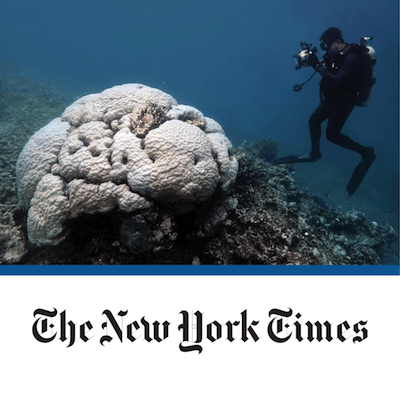
Published in The New York Times, by Damien Cave, Justin Gillis on
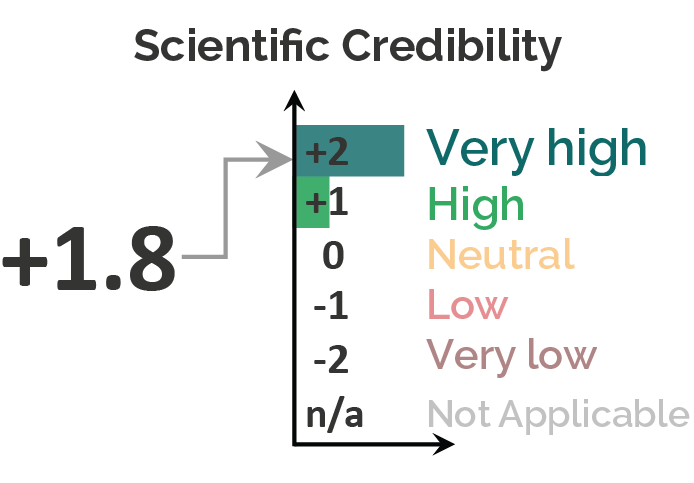
Article tagged as: Accurate
Four scientists analyzed the article and estimated its overall scientific credibility to be ‘very high’.
REVIEWERS’ COMMENTS:

Associate Professor, The University of British Columbia
The article accurately depicts the scientific consensus on climate change and coral bleaching.

Professor and Director, Global Change Institute, University of Queensland
This is an important article that relates the latest science. Even though people may find it shocking, we are facing a serious downward trend in the world’s largest continuous coral reef system.
#11

Published in Conservative Tribune, by Benjamin Arie on
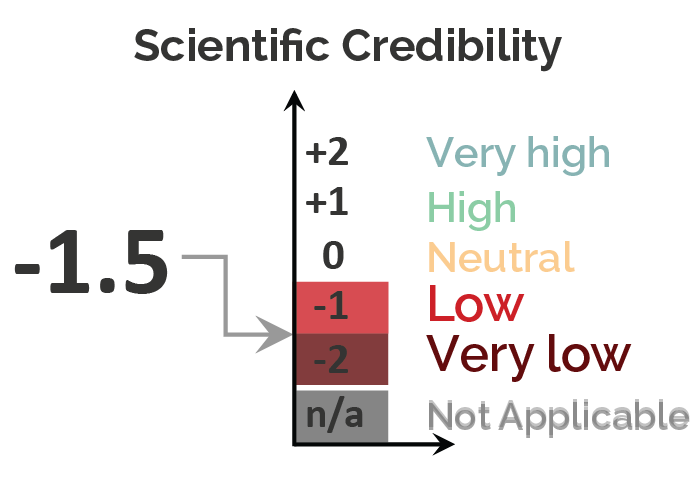
Article tagged as: Biased, Cherry-picking, Derogatory, Misleading

Research Associate, Rhodium Group and Climate Impact Lab
Repeating a version of a debunked argument against climate change science, this biased and misleading political article states that the cancellation of an Arctic research cruise due to increased sea ice at one time and in one region proves climate scientists don’t know anything about climate change over 100 years, which is patently false. The article misrepresents many aspects of our current understanding and is written in a biased manner, using phrases such as “climate change activists [sic] scientists” and “bleeding-heart liberals”.
#12
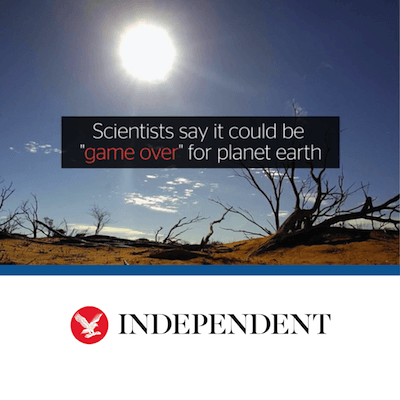
Published in The Independent, by Ian Johnston on 9 Nov. 2017

Article tagged as: Misleading, Alarmist

Research Scientist, Lawrence Livermore National Laboratory
This article helped make some great points and I felt placed most statements in the appropriate context, though some of the disclaimers were ‘below the fold,’ which may have been missed by some readers. The underlying research suggests that Earth, which is in a relatively warm state, is more sensitive to greenhouse gases, which means we can anticipate a bit more warming than the average climate model would otherwise predict. The article points out that, if the warming estimate given in the study is accurate, this would make it more difficult to avoid specific warming targets (e.g., 1.5 or 2 degrees C warming). Although most of the research is well-described, some of the statements go beyond the scope of the original paper (e.g., “It is a vision of a future so apocalyptic that it is hard to even imagine.”).

Research Scientist, Lawrence Livermore National Laboratory
The article’s title, several quotes within it, and the final discussion about Venus make this article overly apocalyptic. That said, the article text does accurately report on the specific findings of the scientific paper (that climate sensitivity to CO2 increases as the planet warms), quotes an independent scientist who cautions that the results are subject to uncertainties, and quotes one of the authors who acknowledged their work was controversial with some scientists disagreeing.
#13

Published in The Truth Division, by ?? on 2 June 2017
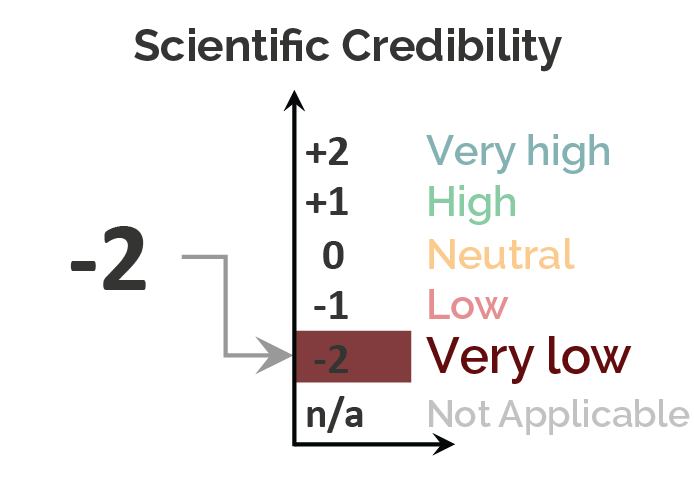

Scientist, University of Bonn, Germany
It is hard to write an assessment of this evidence-free article without becoming unprofessional. It has a readable font.
#14
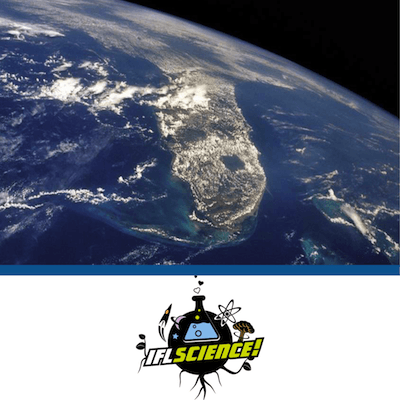
Published in IFLScience, by Robin Andrews on
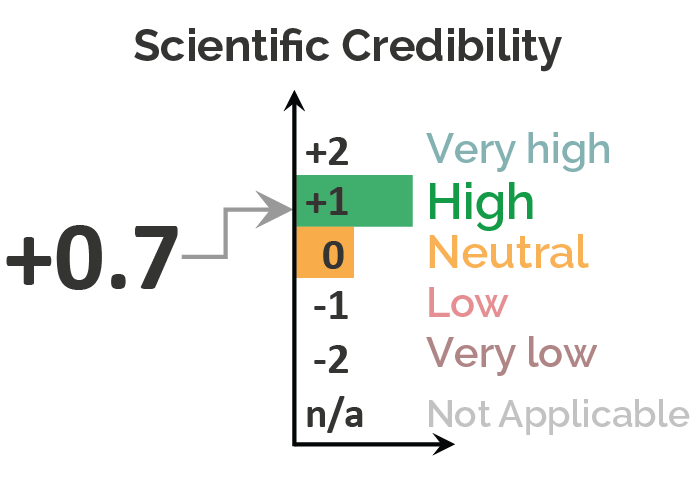

Research Scientist, ECMWF/Met Office
Despite the colloquial tone, the article provides a pretty good summary of the factors responsible for observed sea level variability. The original scientific article is linked from the text and the authors clearly distinguish between the variations associated with climate change and the more rapid and localised change associated with modes of internal variability.
However, this distinction between time scales gets lost a bit in the concluding paragraph. The statement that “[Florida] is set to be underwater faster than anyone has previously estimated” is not an accurate representation of the concluding remarks from the original scientific paper, which states that “[the impacts of sea level rise] may be further amplified by short-lived [sea level rise] hot spots”.

Visiting Associate Professor, University of Wisconsin
While the information in this article is essentially correct, the links lead to loosely related articles published on the same website, rather than articles that directly support the statements made in the article. The explanation of the acceleration of sea level rise in Florida is oversimplified, probably because it is difficult to summarize concisely. The mechanism is actually the combined effect of the El Niño cycle and the North Atlantic Oscillation (NAO).
#15

Published in Futurism, by Jolene Creighton, June Javelosa on
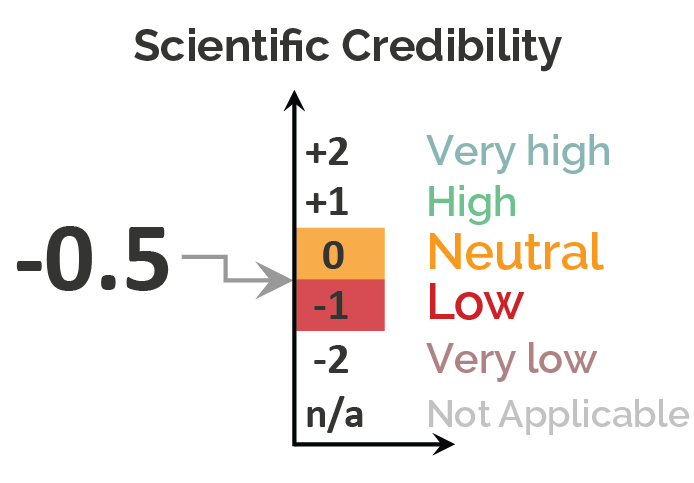
Article tagged as: Misleading

Professor, ARC Centre of Excellence for Coral Reef Studies, James Cook University
The content is almost all correct, but the attention-grabbing headline is wrong and isn’t supported by the quotes from two scientists or by the rest of the content.

Associate Professor, The University of British Columbia
The short article accurately captures the scientific evidence that repeat mass bleaching events will threaten the Great Barrier Reef, and the message of the ARC official statement. In doing so, however, it is forced into some generalizations including i) describing the Great Barrier Reef as a single entity that can “die” (rather than a complex web of ecosystems that will experience widespread degradation) and ii) stating there have been only four instances of mass bleaching (there have been thousands of events across the world over the past three decades, yet only four years where bleaching occurred in all ocean basins).
#16

Published in CNBC, by Scott Pruitt on 9 Mar. 2017

Claim tagged as: Incorrect

Director of the ARC Centre of Excellence for Climate System Science, The University of New South Wales
That statement is inconsistent with every independent assessment of the scientific literature I have seen, except from organisations set up to deny the science and misinform the public.
The statement that global warming is unequivocal is supported by a massive body of work. The main statement comes from the 5th assessment report by the Intergovernmental Panel on Climate Change, a report agreed to by the global scientific community.
#17

Published in Conservative Fighters, by ?? on

Article tagged as: Inaccurate

Professor, University of East Anglia, and Director of Research, Climatic Research Unit
The article and video present a misleading view of what we know about recent climate change and its causes, ignoring the many lines of evidence that give the science community confidence that global warming is happening and is happening due to, predominantly, human emissions of greenhouses gases. This article makes no attempt to challenge John Coleman’s inaccurate statements.

Scientist, University of Bonn, Germany
It reads like a really bad parody of the positions of the American mitigation sceptical movement. Evidence-free error-ridden extremism.
#18
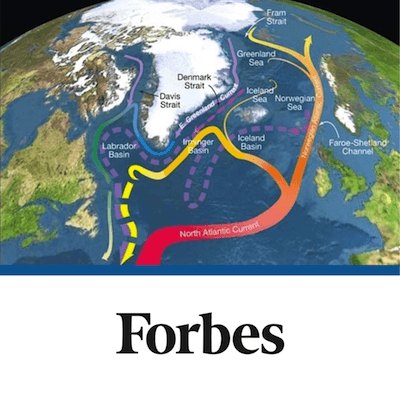
Published in Forbes, by Trevor Nace on
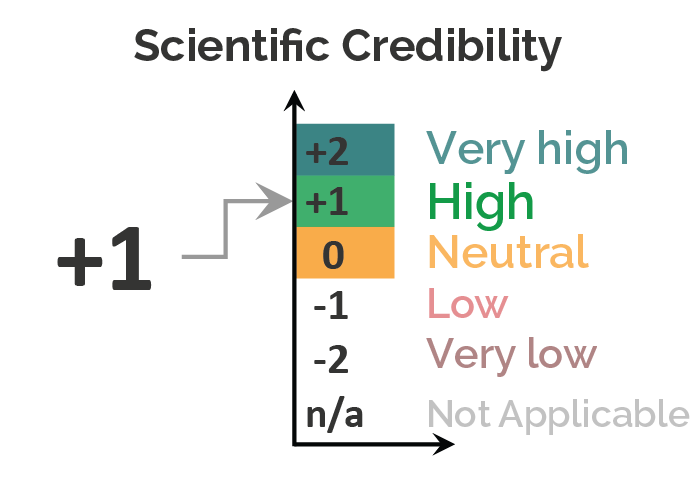
Article tagged as: Accurate

Professor, Potsdam University
I find the article is a very accurate summary of the state of science, with the exception of the word “collapsing” in the headline (which may well have been not the author’s choice). Changing this word to “weakening” would have left me with nothing to complain about.
#19
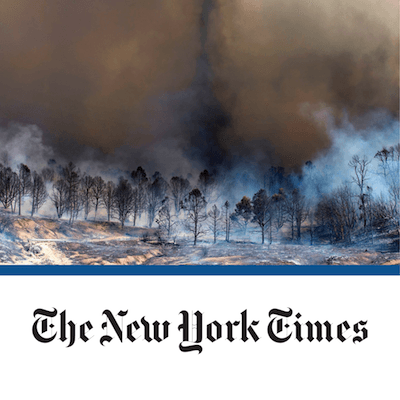
Published in The New York Times, by Lisa Friedman and Glenn Thrush on 3 Nov. 2017

Article tagged as: Accurate, Insightful

Professor, The University of North Carolina at Chapel Hill
The article accurately describes some of the key findings of the report, with quotes from experts in the field. It also provides interesting context in reporting the administrations response (or lack of one) to the report that contradicts much the the Trump teams policy.

Chief of the Scientific Services Division, NOAA's National Climatic Data Center
This is an accurate description of the process whereby the CSSR was vetted and released. I was as surprised as anyone with the lack of pressure from the new administration to do anything to the text.
#20
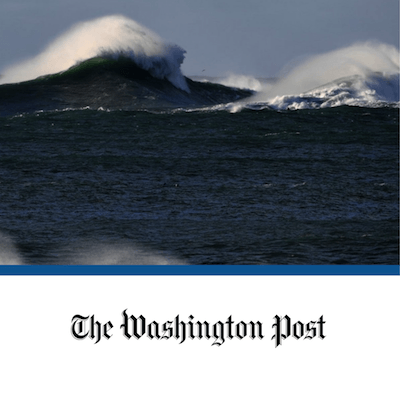
Published in The Washington Post, by Chris Mooney on
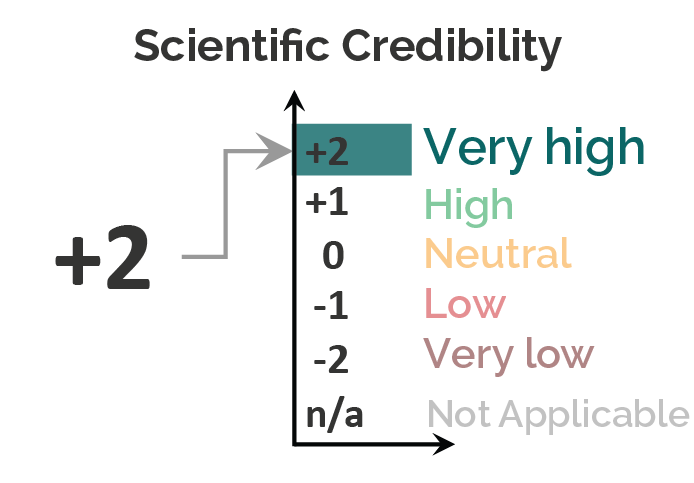
Article tagged as: Accurate, Insightful
Six scientists analyzed the article and estimated its overall scientific credibility to be ‘very high’.
REVIEWERS’ COMMENTS:

CNRS Senior scientist, Université Pierre et Marie Curie
The content of the article is correct. It reports on a new study in Nature showing the first observational evidence of a diminution of oxygen levels in the oceans at a global scale. This is in agreement with projections from climate models. In some regions where oxygen concentrations are already low, this can be critical for ecosystems.

Postdoctoral Research Associate, MIT
This article was well substantiated and measured in its reporting of the decline in global ocean oxygen concentrations, without being hysterical about the potential for mass fish suffocations, which I have seen in previous articles on this subject. Several quotes were from scientists not involved in the research paper, which lends credibility.
#21
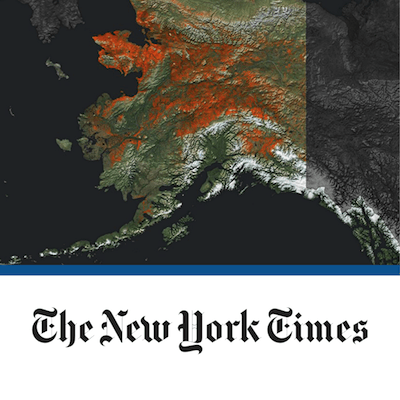
Published in The New York Times, by Henry Fountain on

Article tagged as: Accurate, Insightful, Sound reasoning, Unbiased
Five scientists analyzed the article and estimate its overall scientific credibility to be ‘high’ to ‘very high’.
REVIEWERS’ COMMENTS:

Assistant Professor, St. Francis Xavier University
Overall the article does a good job of summarizing the potential effects of the permafrost carbon feedback to climate change. However, the article highlights the very upper-end of the estimated strength of the feedback instead of giving the most likely values or ranges.
#22

Published in The New York Times, by Justin Gillis on

Article tagged as: Accurate, Insightful, Sound reasoning.

Scientist, University of Bonn, Germany
A clear and accurate article on the temperature record in 2016, looking back at the records in 2015 and 2014. The article places them in the proper context of long-term warming, while mentioning the special effects that helped make the year a record.

Research Scientist, Lawrence Livermore National Laboratory
The article was a good summary of the record warmth in 2016. The summary also made a number of useful points that put 2016 into the context of the science of global climate change
#23
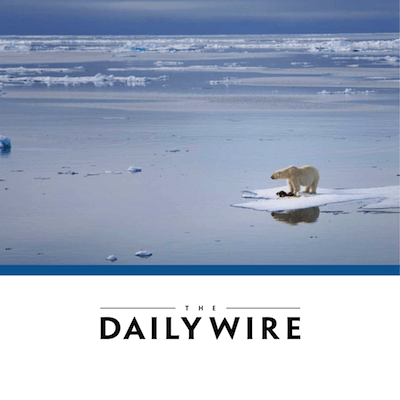
Published in The Daily Wire, by Joseph Curl on

Article tagged as: Biased, Cherry-picking, Flawed reasoning, Inaccurate, Inappropriate sources, Misleading
Eight scientists analyzed the article and estimated its overall scientific credibility to be ‘very low’.
REVIEWERS’ COMMENTS:

Postdoctoral Researcher, GFZ Helmholtz Centre Potsdam
The article contains little to no rational treatment of observational data, but relies on heavily biased secondhand interpretation. It has been written by someone who had no intention of researching the truthfulness of arguments that others have made, and merely reproduces their mistruths with added inflammatory language and chiding outrage. It rehashes logically-flawed and cherry-picked arguments from other articles and repeats them verbatim without questioning their authenticity. The article also rallies emotively against ‘Global Quackery’ from thousands of qualified climate scientists of all political persuasions, but then cites factually-inaccurate statements from the CEO of a dubious company as opinions of a ‘scientist’ and ‘expert’, without any question of their integrity.
Even the title is based on a lie. There is no ‘study’ that finds static temperatures for 19-years. This article is based on a newspaper article that makes this false statement based in turn on a blog post. This blog post in turn willfully misinterprets data that has been made publicly-available from the Danish Meteorological Institute. In no point along this production line of mistruths was anything like a peer reviewed study involved.
#24

Published in The New York Times, by Justin Gillis on
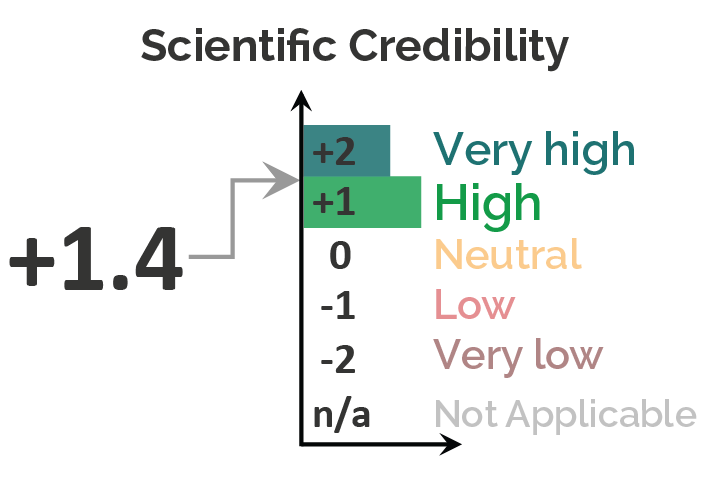
Article tagged as: Accurate
Thirteen scientists reviewed this article, and generally found the answers to be highly accurate distillations of the research on that topic.
REVIEWERS’ COMMENTS:

Research Scientist, Cold Regions Research and Engineering Lab
The article provided a quick and remarkably concise “listicle” style explanation of the key questions surrounding climate change. I saw no red flags, or blatant attempts to mislead the reader. Furthermore, every major scientific claim has a link to a peer reviewed article.
The article largely avoids hyperbole as well as alarmist and inflammatory language, which is laudable. I also want to highlight the section that talks about the various solutions and opportunities for action.
Overall, a good article that hits all the key point, speaks in plain English, and treats the reader with enough respect to look deeper into any one issue.
#25

Published in The Daily Caller, by Michael Bastasch on
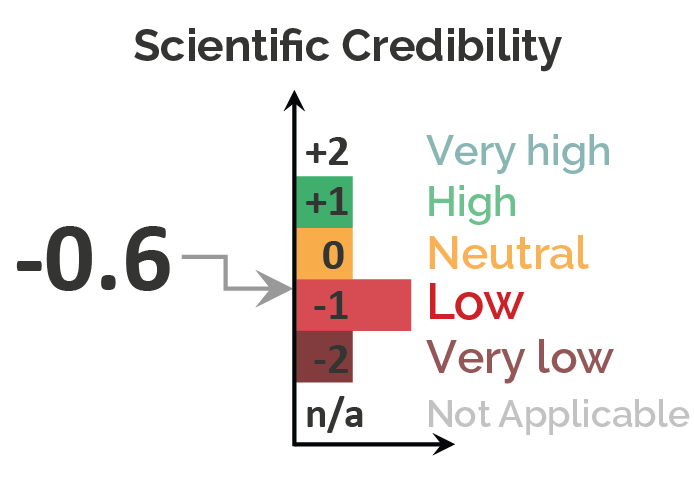
Article tagged as: Cherry-picking, Misleading

Scientist, University of Bonn, Germany
The article contains some inaccuracies, but the main problem is that it depends on only one source, which the article admits is “contentious”. The authors have a long tradition of overconfidence in their data, their dataset has often needed large adjustments and has a large structural uncertainty and the study was published in a low-level journal.

Research Associate, Harvard University
This article reports on a new study by Christy and McNider that, in my view, contains little new regarding atmospheric temperature trends and seems to simply assert that model-observation discrepancies are due to model errors. Also, it seems the absence of accelerating warming trends is meant to go against prevailing climate science, but I find that to be a strawman argument.
In that sense the article is misleading—however, to its credit, it does report on other published results that contradict this recent study, but it fails to provide further context or to make any effort to compare/reconcile the validity of these different studies.
The number of social media shares are from the Buzzsumo database as measured in December 2017, including articles containing the terms “climate change” or “global warming”.
Note: One article (a Phys.org reprint of an Institute of Physics release) was dropped from our list because it did not receive any comments from scientists.

